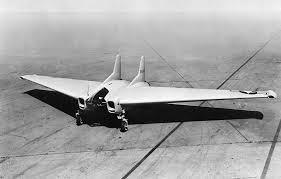The Future of Jet Technology: Innovations and Implications

Introduction
The field of aviation has been revolutionised by advancements in jet technology, making air travel more efficient, safer, and environmentally friendly. As the world continues to recover from the pandemic, the demand for faster and more sustainable jet options is on the rise. In this article, we will explore the recent innovations in jet technology, their significance for the aviation industry, and what they mean for travellers.
Recent Innovations in Jet Technology
In the last few months, significant strides have been made in jet technology, particularly in the realms of sustainability and efficiency. For instance, companies are increasingly investing in sustainable aviation fuels (SAFs). These fuels can reduce carbon emissions by up to 80% compared to traditional jet fuels, making them a strong contender for future aviation needs.
Moreover, new jet models are being developed with improved aerodynamics and lighter materials. The latest generation of jets, such as the Boeing 787 Dreamliner and the Airbus A350, features advanced materials like carbon-fibre composites, which help reduce weight and enhance fuel efficiency. As airlines look to cut costs and meet environmental regulations, these innovations are becoming crucial in reshaping the industry.
Impacts on the Aviation Industry
These advancements not only promise to make flying more sustainable but also more affordable. The introduction of electric jets is anticipated to cut operational costs significantly while providing a competitive edge in a market that is gradually prioritising environmental considerations. Major players like Airbus and Rolls-Royce are actively testing hybrid-electric propulsion systems, signalling a potential shift in how commercial aviation operates.
Additionally, the use of artificial intelligence and big data analytics is on the rise. Airlines can now predict maintenance issues before they arise, significantly enhancing safety and reliability. This predictive maintenance, coupled with improved training mechanisms for pilots, contributes to safer skies.
Conclusion
The future of jet technology looks promising, with innovative developments paving the way for a more efficient and sustainable aviation industry. As airlines continue to adapt to these changes, passengers can expect a new era of travel that prioritises both comfort and environmental responsibility. The ongoing evolution in jet technology is not just about flying faster; it’s about making the journey more sustainable for future generations.









